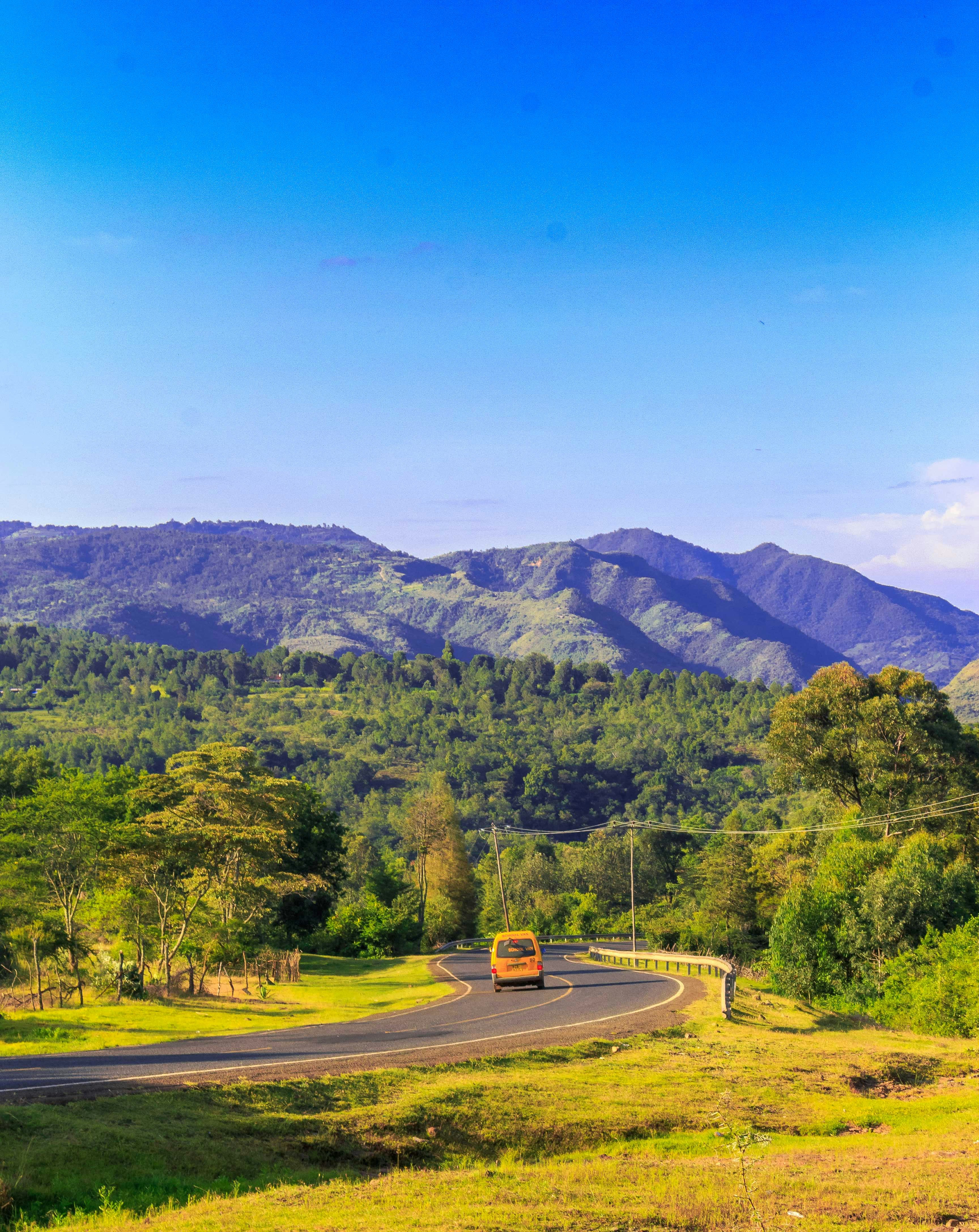The Turkwel settlement at Oltioki in Baringo: exploring cultural variation in the terminal Pastoral Neolithic of Kenya

Lithic artefacts from Oltioki: a) awl; b–d) crescents; e–f) cores; g–h) backed blades; i–j) perçoirs; k–m) microliths; n–o) side scrapers; p–q) end scrapers; r) drill.
Lithic artefacts from Oltioki: a) awl; b–d) crescents; e–f) cores; g–h) backed blades; i–j) perçoirs; k–m) microliths; n–o) side scrapers; p–q) end scrapers; r) drill.
A recently published paper in Azania: Archaeological Research in Africa provides insights on a transformative era in East African history.
The research demonstrates how c. 2000-1000 years ago, unlike earlier patterns of widespread cultural uniformity, material culture during this time became increasingly localised.
This shift took place as East Africa was undergoing significant social and cultural transitions due to the introduction and spread of farming, iron production, and southward migration by Nilotic speaking communities.
Specifically, the excavations at the site of Oltioki in Kenya’s Baringo county reported here, are the first investigations of the Turkwel culture in the last 40 years.
The site provides a key data point in our understanding of the spread of Nilotic-speaking communities along the Great Rift Valley, their adaptation to local environments, the potential slow adoption of metal implements by pastoralist communities, and the material diversity in the Turkwel culture.
The paper highlights the general increase in cultural variation across the Pastoral Neolithic-to-Iron Age transition and the need to revisit what the Turkwel culture is.
Moreover, the site’s location in an anthropogenic grove, which form on abandoned pastoralist homesteads and become biodiversity hotspots, provides a tentative link to the long-term ecological influence of the settlement and Turkwel pastoralists over the last 1500 years.
Oltioki: a) in 1950; b) in 2002; c) in 2011; d) in 2012. Images b and c demonstrate well the visibility of the older murua and the persistence of vegetation patterns as plants resettled the area.
Oltioki: a) in 1950; b) in 2002; c) in 2011; d) in 2012. Images b and c demonstrate well the visibility of the older murua and the persistence of vegetation patterns as plants resettled the area.
Oltioki: decorated sherds and rims: a, c, f–j) bowls; b) jar with incised decoration; d) grooved sherd with diamond pattern incisions; e) grooved sherd.
Oltioki: decorated sherds and rims: a, c, f–j) bowls; b) jar with incised decoration; d) grooved sherd with diamond pattern incisions; e) grooved sherd.
This research was carried out by Dr Nik Petek-Sargeant, Leverhulme Early Career Fellow in Archaeology at the McDonald Institute for Archaeological Research at the University of Cambridge. His research focuses on human environment interaction in the Holocene, the development of pastoral identities, histories and practices and community co-production through material culture and digital media. He has a particular interest in the archaeology of East Africa of the last 2000 years, as well as in recent Maa material culture, ethnography and conflicts and how these might be discernible in the archaeological record. He has directed and participated in projects in East Africa and the United Kingdom.
The research was funded by a grant from the European Commission’s 7th Framework Programme (Grant 606879) awarded to Paul Lane and was conducted as part of the Marie Curie Skłodowska Innovative Training Networks Resilience in East African Landscapes (REAL) Innovative Training Network
Published 23 July 2025
The text in this work is licensed under a Creative Commons Attribution 4.0 International License





